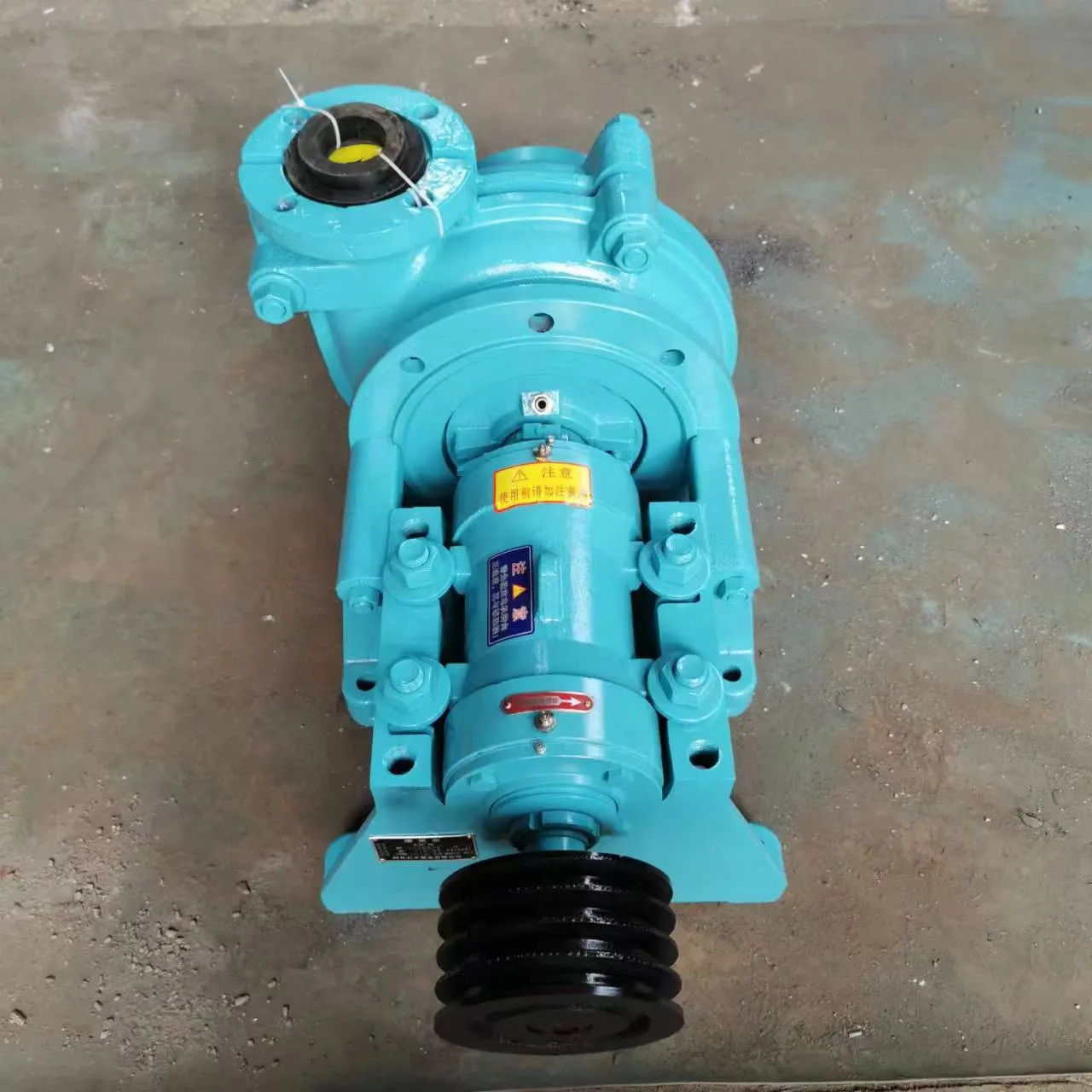English
- Afrikaans
- Albanian
- Amharic
- Arabic
- Armenian
- Azerbaijani
- Basque
- Belarusian
- Bengali
- Bosnian
- Bulgarian
- Catalan
- Cebuano
- Corsican
- Croatian
- Czech
- Danish
- Dutch
- English
- Esperanto
- Estonian
- Finnish
- French
- Frisian
- Galician
- Georgian
- German
- Greek
- Gujarati
- Haitian Creole
- hausa
- hawaiian
- Hebrew
- Hindi
- Miao
- Hungarian
- Icelandic
- igbo
- Indonesian
- irish
- Italian
- Japanese
- Javanese
- Kannada
- kazakh
- Khmer
- Rwandese
- Korean
- Kurdish
- Kyrgyz
- Lao
- Latin
- Latvian
- Lithuanian
- Luxembourgish
- Macedonian
- Malgashi
- Malay
- Malayalam
- Maltese
- Maori
- Marathi
- Mongolian
- Myanmar
- Nepali
- Norwegian
- Norwegian
- Occitan
- Pashto
- Persian
- Polish
- Portuguese
- Punjabi
- Romanian
- Russian
- Samoan
- Scottish Gaelic
- Serbian
- Sesotho
- Shona
- Sindhi
- Sinhala
- Slovak
- Slovenian
- Somali
- Spanish
- Sundanese
- Swahili
- Swedish
- Tagalog
- Tajik
- Tamil
- Tatar
- Telugu
- Thai
- Turkish
- Turkmen
- Ukrainian
- Urdu
- Uighur
- Uzbek
- Vietnamese
- Welsh
- Bantu
- Yiddish
- Yoruba
- Zulu
Telephone: +86 13120555503
Email: frank@cypump.com
Sep . 30, 2024 07:46 Back to list
Top Choices for Efficient Slurry Pumping Solutions in Various Applications
The Best Pump for Slurry Choosing the Right Equipment for Your Needs
When it comes to handling slurry, finding the right pump is crucial for maximizing efficiency and minimizing downtime. Slurry, which is a mixture of solids and liquids, poses unique challenges due to its abrasive nature, viscosity, and varying particle sizes. Selecting the best pump for slurry applications requires careful consideration of several factors, including the type of materials being transported, the specific application, and the operational environment.
Types of Slurry Pumps
Several types of pumps are utilized for slurry applications, each suited for different conditions and requirements
. The major categories include1. Centrifugal Slurry Pumps Centrifugal pumps are widely used for slurry transport due to their ability to handle large volumes efficiently. These pumps use a rotating impeller to increase the velocity of the slurry, which is then converted into pressure. They are best for low-viscosity slurries and applications that require high flow rates. However, they may struggle with very abrasive materials, leading to faster wear and tear on the impeller and casing.
2. Positive Displacement Pumps These pumps operate by trapping a fixed amount of slurry and forcing it into the discharge pipe. They are ideal for high-viscosity slurries and can handle solid concentrations better than centrifugal pumps. Positive displacement pumps can be further classified into gear pumps, diaphragm pumps, and screw pumps, each offering unique benefits depending on the slurry characteristics.
3. Peristaltic Pumps Peristaltic pumps are a specific type of positive displacement pump that uses rollers or shoes to compress a flexible hose, creating a vacuum that draws in the slurry. They are particularly well-suited for handling shear-sensitive materials and those containing large solids since the material is not exposed to metal parts during transport.
Key Considerations for Selecting a Slurry Pump
best pump for slurry

When selecting a pump for slurry applications, there are several key factors to consider
1. Slurry Characteristics Understand the nature of the slurry you will be pumping. This includes particle size, density, viscosity, and whether the solids are abrasive or corrosive. Each of these factors will influence pump selection and lifespan.
2. Pump Materials Given the abrasive nature of slurry, the materials used in the pump construction are critical. Pumps made from high-chrome alloys, polyurethane, and other wear-resistant materials are recommended for prolonging the life of the pump in abrasive applications.
3. Flow Rate and Head Requirements Determine the desired flow rate (in gallons per minute or liters per second) and the required head (the height to which the pump needs to move the slurry). Ensure that the pump can meet these specifications without overworking, which can lead to premature failure.
4. Operational Efficiency Consider energy efficiency, as pumps can consume substantial amounts of power. Selecting a pump with a high efficiency rating can result in significant cost savings over time.
5. Maintenance Needs Evaluate the maintenance requirements of the pump. Some pumps are easier to repair and maintain than others. A design that allows for quick access to parts can minimize downtime and maintenance costs.
Conclusion
Choosing the best pump for slurry applications involves understanding the unique challenges posed by the material being transported and the specific demands of the operation. By evaluating the types of pumps available, considering the characteristic of the slurry, and reviewing operational requirements, you can make an informed choice that enhances productivity and reliability. Investing in the right slurry pump will not only ensure efficient operation but also reduce maintenance costs and extend the lifespan of your equipment. Whether you need a centrifugal pump for high-flow applications or a positive displacement pump for thicker slurries, the right choice will make all the difference.
-
Heavy-Duty Mining Sludge Pumps - Wear-Resistant Slurry Handling
NewsAug.02,2025
-
Horizontal Split Case Pump with GPT-4 Turbo | High Efficiency
NewsAug.01,2025
-
ISG Series Pipeline Pump - Chi Yuan Pumps | High Efficiency, Durable Design
NewsAug.01,2025
-
Advanced Flue Gas Desulfurization Pump with GPT-4 Turbo | Durable & Efficient
NewsJul.31,2025
-
ISG Series Vertical Pipeline Pump - Chi Yuan Pumps | Advanced Hydraulic Design&Durable Construction
NewsJul.31,2025
-
ISG Series Vertical Pipeline Pump - Chi Yuan Pumps | Energy Efficient & Low Noise
NewsJul.31,2025










